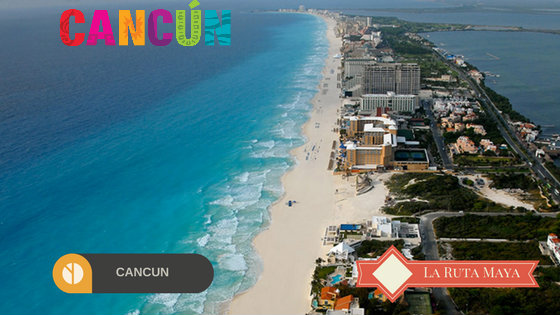CHICHEN-ITZA: The wellhead of the sorcerers of water THE SEVENTH WONDER OF THE WORLD
The pre-Hispanic City of Chichén Itzá was the most outstanding capital of the Maya area, to the late classic and early Postclassic. The arrival of the Spaniards, it was as the most revered worship and pilgrimage center of the Yucatan peninsula. It currently is a sacred Center for the Mayans.
The archaeological site of Chichén Itzá, in Yucatan, is Cultural heritage of Mexico, and because of its importance was recognized internationally, to be declared and be inscribed on the World Heritage list by UNESCO in 1988.
The site maya is a source of invaluable data for the knowledge of the past pre-Hispanic. By its beauty and singularity, is a benchmark cultural for all those Mexican, and, in good measure, a symbol of identity indigenous and national.
Today is also a destination tourism for more than one million of people that the visit every year. The most prominent building of the metropolis is the pyramid of Kukulcan, who has become an emblem of the Mayan culture in the world.
There are many buildings which have monumental architecture in Chichén Itzá. Most of the structures are distributed over a great leveling system, with seats in the Middle, showing various changes and remodeling for use with the passage of the years.
The huge terrace is known as El Castillo and the so-called courtyard of the thousand columns, as the great leveling, same is the set of larger.
An important feature of this pre-Hispanic City is the existence of a wall, which surrounds the great leveling zone, so that has been considered the site as a fortified city.
The pre-Hispanic City of Chichén Itzá was the most outstanding capital of the Maya area, to the late classic and early Postclassic. The arrival of the Spaniards, it was as the most revered worship and pilgrimage center of the Yucatan peninsula. It currently is a sacred Center for the Mayans.
The archaeological site of Chichén Itzá, in Yucatan, is Cultural heritage of Mexico, and because of its importance was recognized internationally, to be declared and be inscribed on the World Heritage list by UNESCO in 1988.
The site maya is a source of invaluable data for the knowledge of the past pre-Hispanic. By its beauty and singularity, is a benchmark cultural for all those Mexican, and, in good measure, a symbol of identity indigenous and national.
Today is also a destination tourism for more than one million of people that the visit every year. The most prominent building of the metropolis is the pyramid of Kukulcan, who has become an emblem of the Mayan culture in the world.
There are many buildings which have monumental architecture in Chichén Itzá. Most of the structures are distributed over a great leveling system, with seats in the Middle, showing various changes and remodeling for use with the passage of the years.
The huge terrace is known as El Castillo and the so-called courtyard of the thousand columns, as the great leveling, same is the set of larger.
An important feature of this pre-Hispanic City is the existence of a wall, which surrounds the great leveling zone, so that has been considered the site as a fortified city.
The Best Tour in Chichen Itza
To the center of the great plaza, the great pyramid of El Castillo, is located and southward, they are the platform of the ossuary, the large Plaza de las Monjas and the snail, being this last which also known as the Observatory.
The great ball game, which has the larger the area of Mesoamerica, in whose west wall uproots the Temple of the Jaguars is located in the Northwest corner.
Different platforms, the Tzompantli, as well as the platform of Venus, which kicks off the sacbé (roadway) that leads to the sacred Cenote, which boasts 60 meters in diameter, and with straight walls that reach about 22 meters stand out next to the great ball game.
The sacred Cenote was a deposit of numerous offerings of ceramic, stone, metal, textiles and wood, among other objects and materials, as part of ceremonies conducted there.
East of the terrace is the Temple of the Warriors, the pyramid of the great tables and an associated Gallery courtyard.
The great ball game, which has the larger the area of Mesoamerica, in whose west wall uproots the Temple of the Jaguars is located in the Northwest corner.
Different platforms, the Tzompantli, as well as the platform of Venus, which kicks off the sacbé (roadway) that leads to the sacred Cenote, which boasts 60 meters in diameter, and with straight walls that reach about 22 meters stand out next to the great ball game.
The sacred Cenote was a deposit of numerous offerings of ceramic, stone, metal, textiles and wood, among other objects and materials, as part of ceremonies conducted there.
East of the terrace is the Temple of the Warriors, the pyramid of the great tables and an associated Gallery courtyard.

















































